Master the Art of Flavor-First Heat
Bold, Fiery, Creative.
From fermented global hot sauces to fiery everyday meals. Stop burning your taste buds and start discovering real dep
I’m Stephanie
I’m Stephanie, a New York-based sauce specialist who traded a life of sweets for a world of Scovilles. After one accidental encounter with a house-made habanero sauce in Queens, I realized that spicy food wasn’t just about the burn—it was about a whole new dimension of flavor.
Now, I’ve dedicated my kitchen to Nova Recipes, where I help home cooks master the art of homemade hot sauces, fermentation, and global spicy cuisines. My philosophy is simple: Flavor-First Heat. Whether you’re a mild-salsa lover or a Carolina Reaper warrior, I’m here to help you spice up your kitchen with confidence, safety, and a lot of zing.
Let’s turn up the heat!.
More about meOur Categories
NovaRecipes eBooks
Simple, flavorful, and practical guides designed to help you cook better, faster, and smarter.
Essential Sauce Secrets
Learn how to master homemade sauces that instantly elevate any meal. This eBook covers flavor balancing, ingredient pairing, and foolproof techniques used by home cooks and professionals alike.
Price: $2.99
Buy NowBeef Stir-Fry Like a Pro
Discover how to cook tender, juicy, and flavor-packed beef stir-fry every time. From choosing the right cut to sauces, marinades, and quick cooking methods, this guide makes weeknight meals effortless.
Price: $2.99
Buy NowLATEST RECIPES
Carrot Burfi (Gajar Pak Recipe)
January 15, 2026
This post may contain affiliate links. Gajar burfi is a traditional Indian sweet that captures the flavors of gajar halwa into a rich, fudge-like dessert. Prepared using freshly grated carrots that are slow-cooked with full-cream milk, sugar, and perfumed with green cardamom, this classic carrot burfi has a soft, melt-in-the-mouth texture and vibrant natural color.
7 Powerful Stew Beef Recipes Crockpot Lovers Will Absolutely Enjoy
January 13, 2026
Stew Beef Recipes Crockpot: The Ultimate Comfort Food Guide When it comes to cozy, satisfying meals, stew beef recipes crockpot cooking stands out as a timeless favorite. With minimal effort and maximum flavor, crockpot stews turn simple ingredients into rich, hearty dishes the whole family loves. Whether you’re new to slow cooker recipes or looking
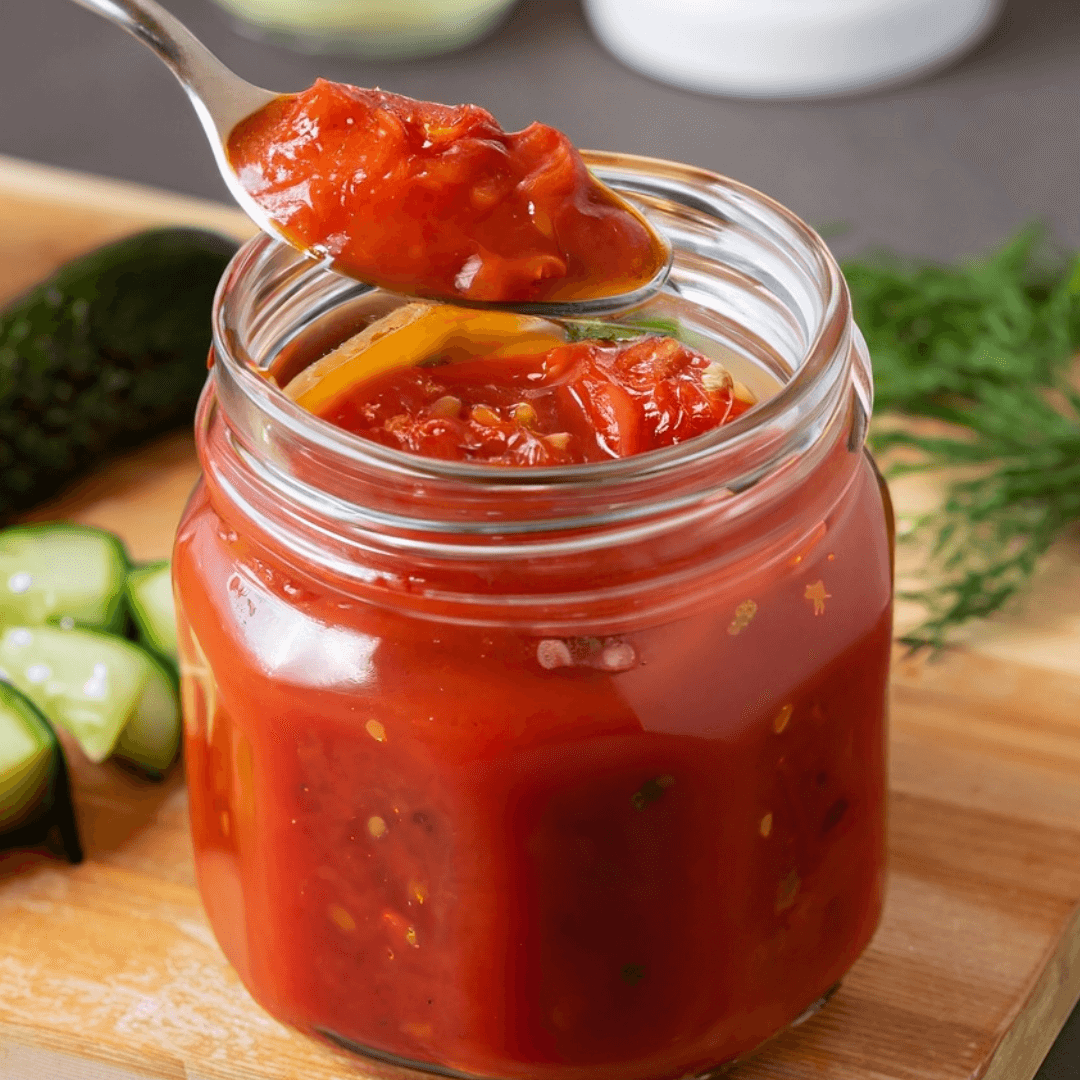
Tomato Sauce Recipe For All Your Italian Dishes
January 12, 2026
I recommend Tomato Sauce Recipe. It’s one of the easiest ways to enhance your dishes. Made with fresh tomatoes, it ensures your meals have a rich and authentic flavor. If you’re worried about the taste of your pasta or pizza, you’ll need this sauce. With its vibrant taste, you’ll always have the best meal outcome.
Elevate Your Dishes With Perfection
January 11, 2026
Cheese sauce Recipe is excellent for elevating any dish. Made from sought-after ingredients, it adds a creamy texture that many crave. Frequently chosen as one of the top picks in sauces, it’s mandatory for specific recipes. While adding it to pasta or vegetables might be helpful, avoid overusing it to maintain a balanced flavor. If
The Ultimate Guide to Classic Homemade Dill Pickles: Crunchy, Zesty, and Perfect
January 5, 2026
There is a specific sound that defines a perfect pickle: the snap. It’s that audible, satisfying crunch that tells you the cucumber hasn’t just been preserved—it has been transformed. While store-bought pickles are convenient, they often lack the punch of fresh herbs and the customizable “zing” that only Classic Homemade Dill Pickles can provide. Making
Southern Smothered Potatoes | Best Cast Iron Comfort Food Recipe
January 5, 2026
There is a distinct language spoken in Southern kitchens. It isn’t just about ingredients; it’s about technique, patience, and the vessel you use to cook. And in that language, few words are as comforting as “smothered.” To “smother” something in the South is an act of love. It means to cook it down until it
5-Minute Creamy Garlic Lime Cilantro Sauce: The Ultimate Flavor Booste
January 5, 2026
There are good sauces, and then there are transformative sauces. You know the kind—the “liquid gold” that you end up drizzling (or drowning) every single item on your plate with. This 5-Minute Creamy Garlic Lime Cilantro Sauce is exactly that. It is the secret weapon in your culinary arsenal, capable of taking a plain piece
The Masterclass: Roasted Creamy Tomato Basil Soup
January 5, 2026
There are few dishes in the global culinary canon that evoke a sense of home quite like Creamy Tomato Basil Soup. It is the comfort food that transcends generations. It is the remedy for a rainy Tuesday, the cure for the common cold, and the undisputed champion of lunch when paired with a buttery, crispy

The Ultimate Guide to Sticky, Crispy Honey Garlic Chicken Wings
January 5, 2026
There are few appetizers as universally beloved as the chicken wing. They are the undisputed kings of game days, potlucks, and Friday night comfort food feasts. But among the vast pantheon of wing flavors—from scorching Buffalo to smoky BBQ—one stands out for its perfect balance of sweet, savory, and aromatic punch: Honey Garlic Chicken Wings.
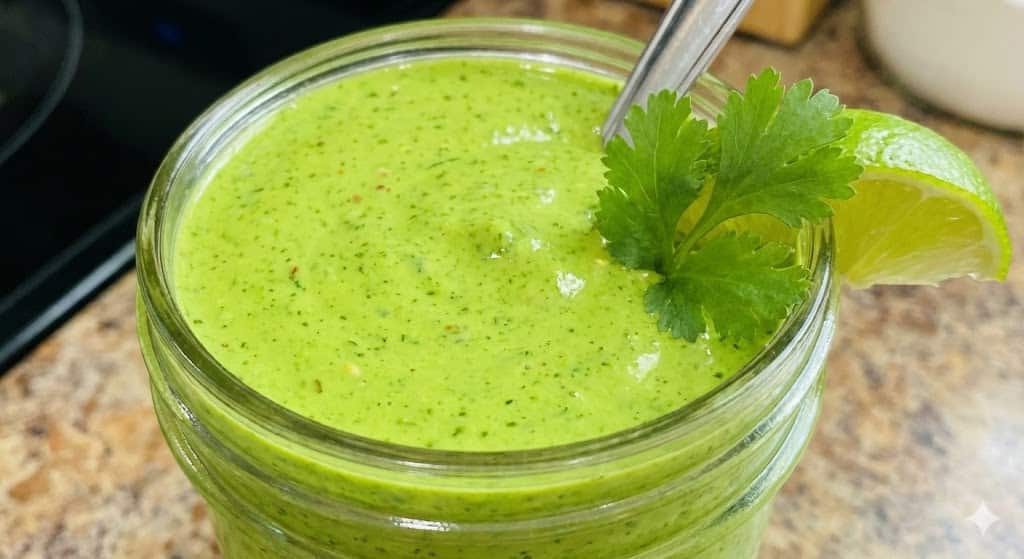
The Ultimate Guide to Creamy Cilantro Chimichurri: Herbaceous, Zesty & Totally Addictive
January 5, 2026
If there is one “secret weapon” sauce that every home cook needs in their arsenal, it is Creamy Cilantro Chimichurri. While we all know and love the traditional Argentinian chimichurri—a loose, oily vinaigrette used primarily for steak—this creamy variation takes the concept and turns it into a multi-purpose flavor bomb. By emulsifying the herbaceous base
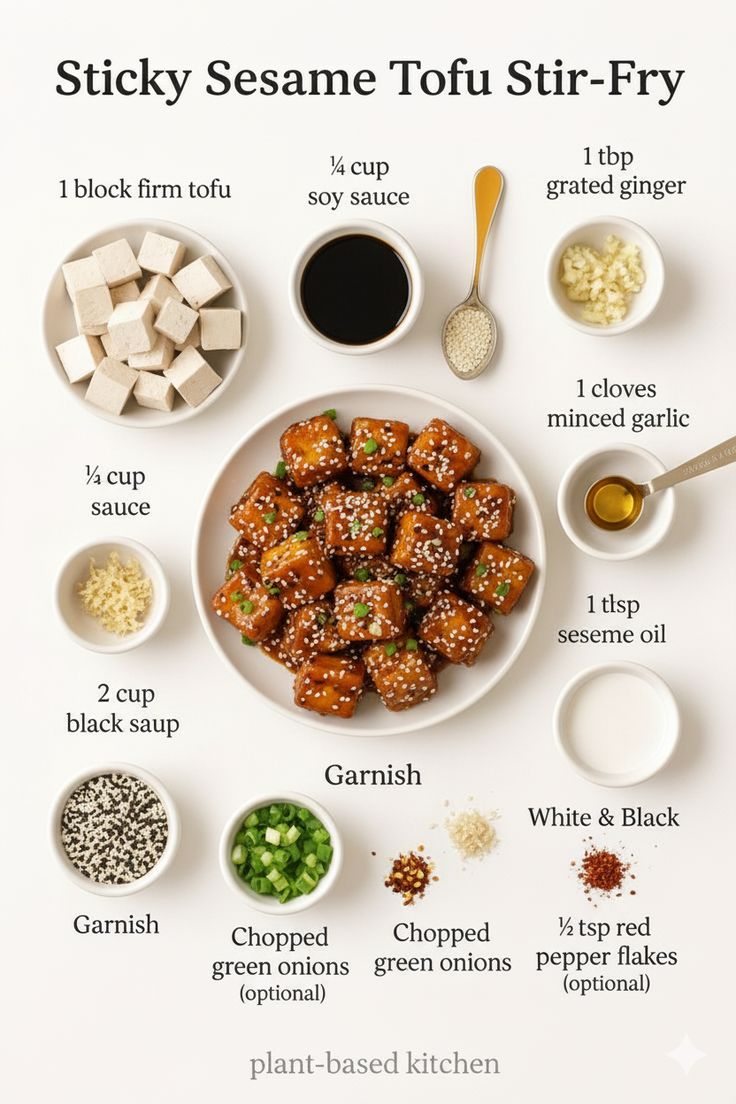
Sticky Sesame Tofu Stir-Fry: The Ultimate Guide to Your New Favorite Weeknight Meal
January 5, 2026
If you think tofu is bland, boring, or has a weird texture, prepare to have your mind changed forever. This Sticky Sesame Tofu Stir-Fry is a game-changer. We’re talking about golden, crispy cubes of tofu that are crunchy on the outside and tender on the inside, all coated in a glossy, sweet, savory, and irresistibly

Quick Pickled Red Onions – The Ultimate Tangy & Crunchy Topping!
January 5, 2026
If you are looking for the single easiest way to elevate your home cooking from “good” to “gourmet,” say hello to Quick Pickled Red Onions. This vibrant, tangy, and crunchy condiment takes just a few minutes of active effort and transforms almost any dish it touches. Forget store-bought versions that are often too sweet or
Trusted & Loved By
Home Cooks & Sauce Lovers Worldwide
Join our growing community of sauce lovers and take your cooking to the next level! Click here to join our Facebook community.
